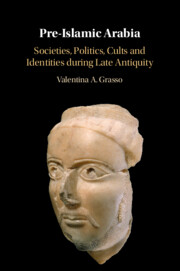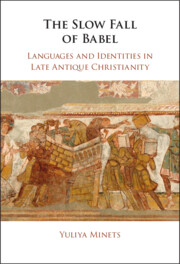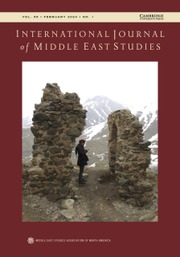Pre-Islamic Arabia
This book delves into the political and cultural developments of pre-Islamic Arabia, focusing on the religious attitudes of the inhabitants of the Arabian Peninsula and its northern extension into the Syrian desert. Between the third and the seventh century, Arabia was on the edge of three great empires (Iran, Rome and Aksūm) and at the centre of a lucrative network of trade routes. Valentina Grasso offers an interpretative framework which contextualizes the choice of Arabian elites to become Jewish sympathisers and/or convert to Christianity and Islam by probing the mobilization of faith in the shaping of Arabian identities. For the first time the Arabians of the period are granted autonomy from marginalizing (mostly Western) narratives framing them as 'barbarians' inhabiting the fringes of Rome and Iran and/or deterministic analyses in which they are depicted retrospectively as exemplified by the Muslims' definition of the period as Jāhilīyah, 'ignorance'.
- The first extended study of pre-Islamic Arabia in late antiquity, giving full autonomy to its inhabitants from the representations of much previous scholarship
- Offers a new framework for interpreting the religious choices of the Arabian elites of the period
- Weaves the literary and archaeological sources into a coherent historical narrative
Reviews & endorsements
‘[A] wonderful exploration of a neglected area of late antiquity studies. It is this rarity that makes this work immensely important. … Essential.’ J. Tucci, Choice
Product details
February 2023Adobe eBook Reader
9781009252980
0 pages
2 maps 5 tables
This ISBN is for an eBook version which is distributed on our behalf by a third party.
Table of Contents
- 1. An introduction to the study of Pre-Islamic Arabia
- 2. North Arabia between the late third and the fifth century: borders and conversions
- 3. A Late Antique Kingdom's conversion: Jews and sympathizers in South Arabia
- 4. The shape of the sixth century I: the South
- 5. The shape of the sixth century II: the North
- 6. The Ḥijāzī Islam: narratives and frameworks re-examined.




